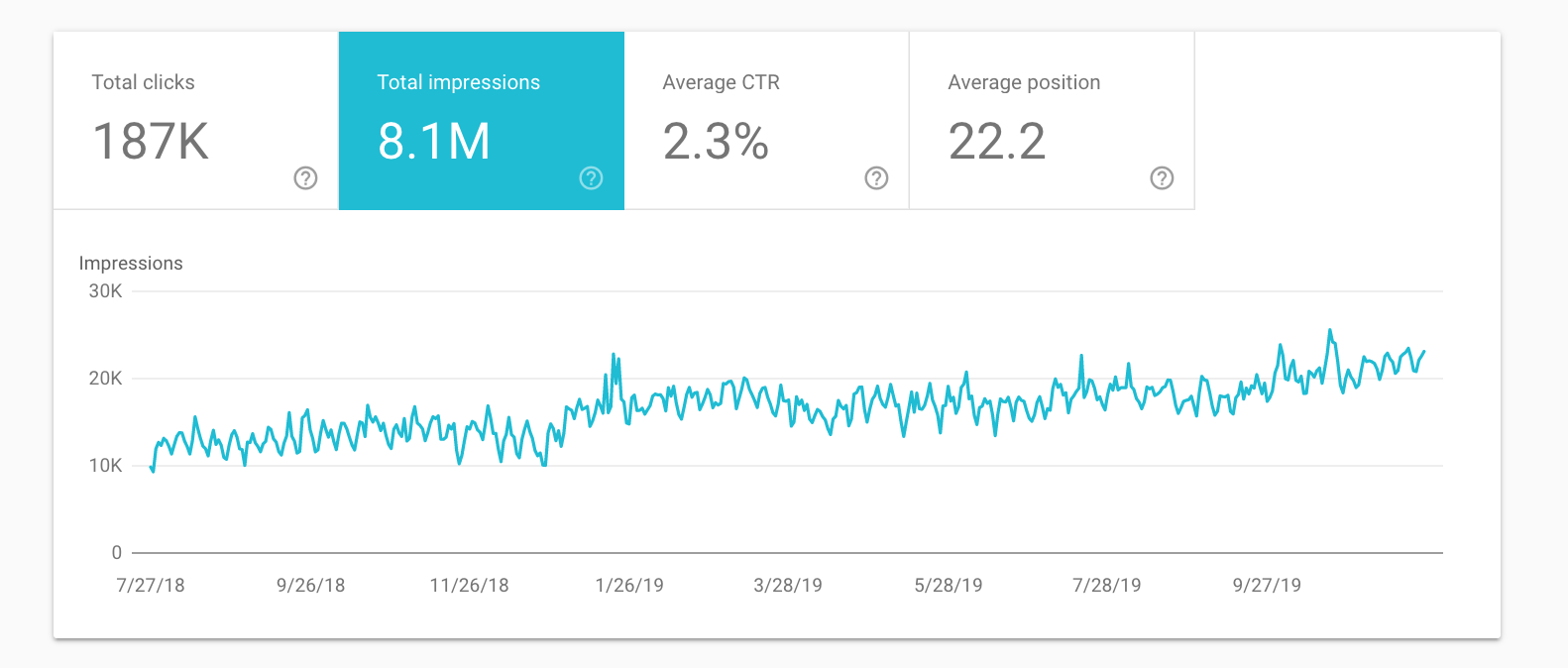When I joined R+M in early 2018, I was coming from bootstrap startupland. My experience had been early stage projects that were rapidly growing. In these early stages the challenge is finding product market fit and getting people to trust you.
In startupland there’s a formula we use to make companies feel bigger and more trustworthy when they are young. This formula involves being where our target customers expect to get information about a company like us online. It could be Google, Medium, Youtube, LinkedIn; every industry is a different composition. Your customers spend time somewhere online, you want to be there as much as you can solving problems and providing value.
When I started at R+M, I didn’t expect the massive corporations that are our clients to be at the same point of their journey. In the real world these companies are publicly traded, have international supply chains, are vertically integrated from mine to table – you get the picture. But this real world footprint, it doesn’t translate online.
You have to teach teach the internet you’re big. You have to create digital gravity but growing your digital footprint.
Here’s how corporations that are just starting their digital transformation can create digital gravity.
Digital Gravity: The Process
First, I want to share how I think about digital gravity. Digital gravity is the sphere of influence you have on the digital world. You have to earn it, just like your real world size and reputation.
To begin, let’s think about Earth’s gravity and the influence is has on the heavenly bodies around it. Gravity is all about relative size; the Earth is bigger than the moon so the moon orbits the Earth. The Sun is larger than the earth, so the earth orbits the sun. All bodies have some type of relative influence on the world around them. But their gravity, and influence, is only as powerful as their size.
Unlike the Earth, whose mass is finite, digital planets can grow. They grow through brand, answering questions related to product, and answering questions related to their industry.
This may be so simple that it seems obvious, but in reality it is so complex. It takes teams of insanely smart people, investment in digital marketing infrastructure, understanding of how the internet works as a whole, and discipline to do the work day after day. It’s a grueling, multi-year process. But the most impactful things are hard.
When most companies start with R+M they have a website already, so I’m going to start my story there. Why does a website exist? To market brand. Period. Most company’s websites are often confused on why they exist and are not optimized for brand. It’s not built to take their real world brand online and so that is what we invest in first. We make search engines, social medias, the internet at large understand the who, what and why about the brand. We make the brand exist online as it does in the real world.
Next we start answering questions in relation to our client’s products. People ask questions in the real world, so we answer these questions online but make them both findable by people and the robots. Robots map the gravity of the web and human language alone is hard for robots to understand. This phase is our clients first real content. It comes in the form of text, videos, sound bites, often a variety of different media combined to create the best answers to these questions about products.
Once we have exhausted questions about brand and about product we start answering questions about the industry. High level questions that aren’t directly related to product but are related to the DNA of the brand. We’re trying to signal to the digital world where we are in the digital universe.
Combined, these steps grow and companies digital gravity. By going from specific to generic, from brand to industry, we can clone the company’s real world size online. This cloning has massive impact; we’ve had clients need to add another shift and the best sales quarters they have ever seen in only 6 months of work. Below is a single graph, a single metric of hundreds, showing a client’s online gravity growth.
This is all great, but why? Why do this? Because the brand now has digital mass to throw around online in its industry, and this early investment in growing digital footprint is going to put the brand so far apart from competitors that 20 years from now it will be impossible for other firms to catch up. It is hard to stop a star once it’s burning.
…
I’m Cody Schneider – Director of Digital Strategy at R+M. I write about digital marketing strategy for corporations who are transitioning from traditional to digital media. Use the form below to get more content like this.

